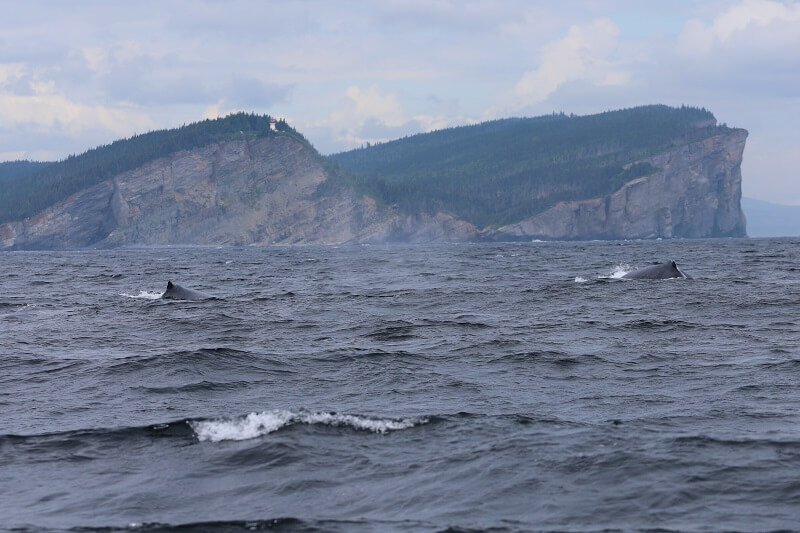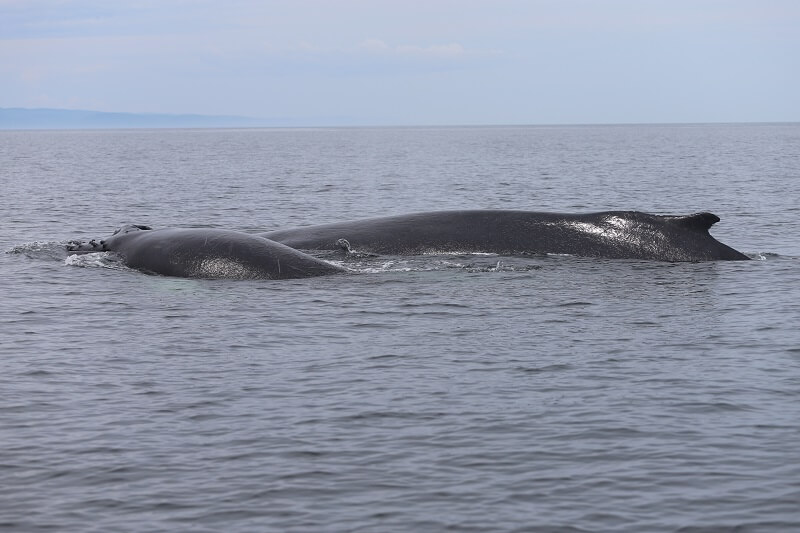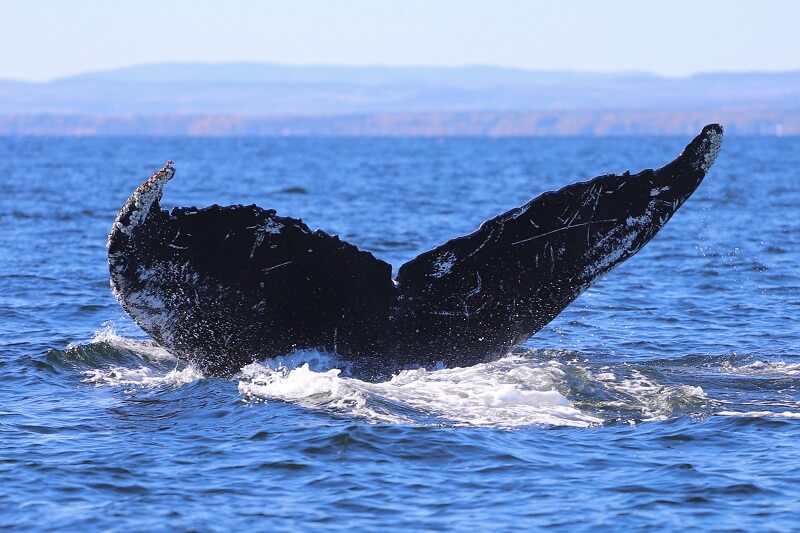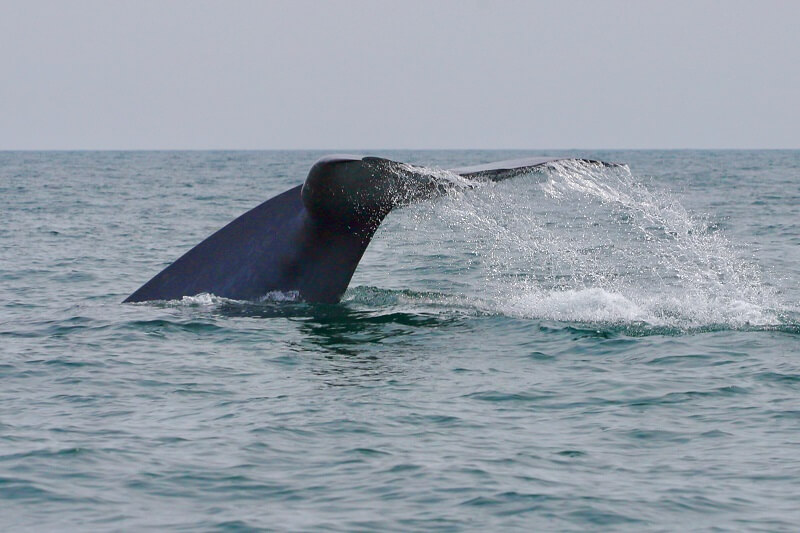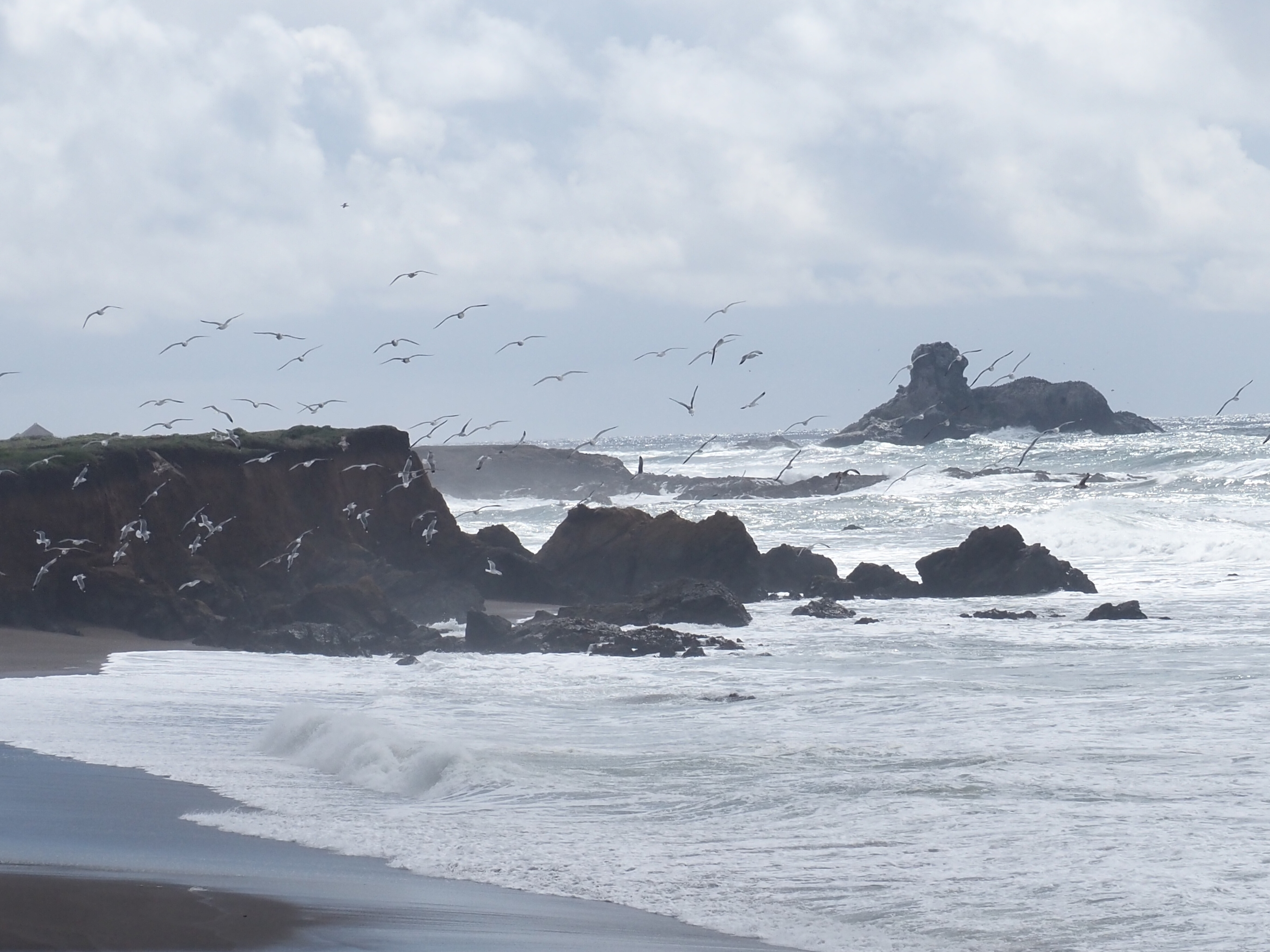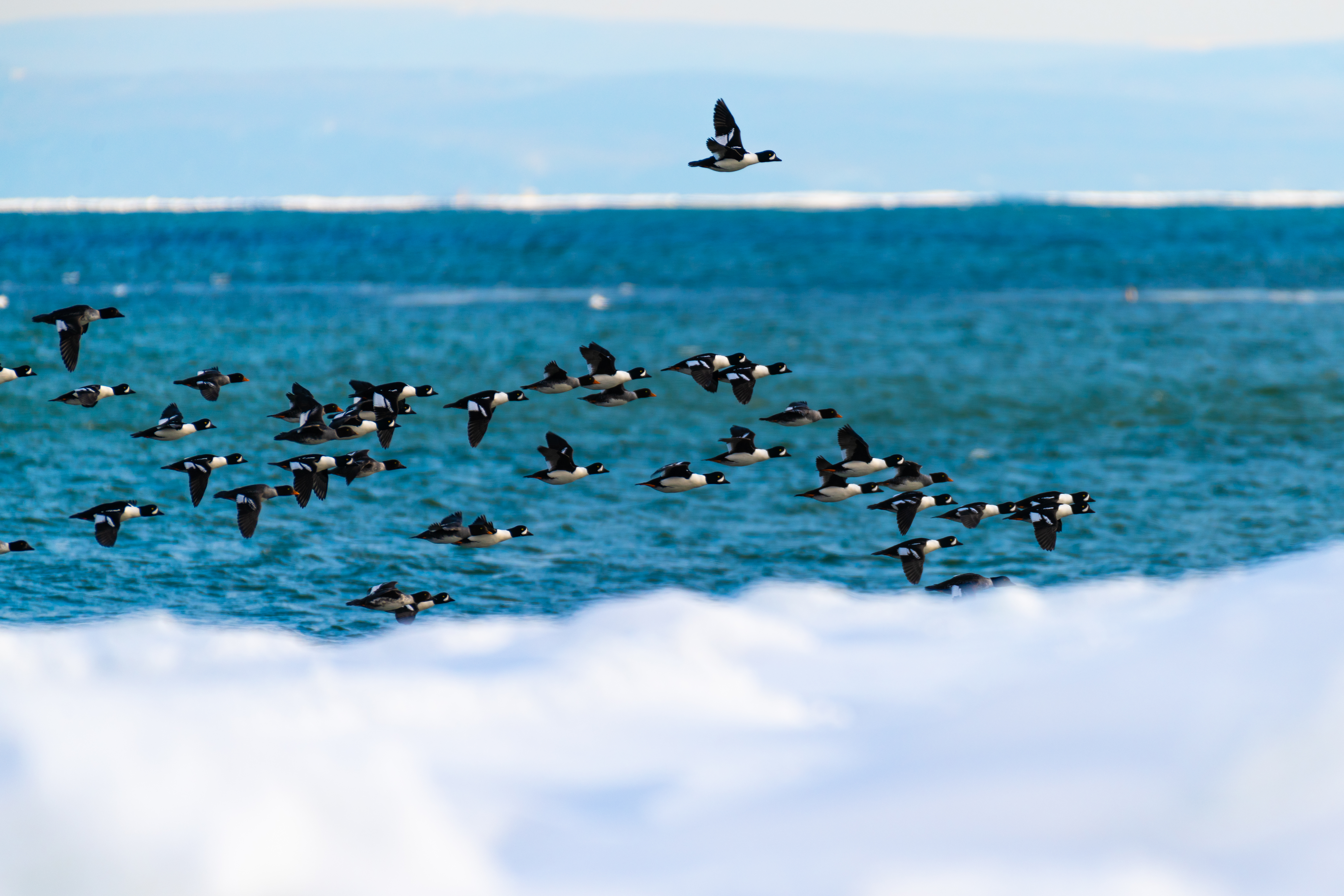By René Roy
For several years now, I’ve been plying the waters of the St. Lawrence in order to observe marine mammals. As a collaborator with the Mingan Island Cetacean Study (MICS), I submit my observations – especially any sightings of large rorquals – to scientists, thereby adding to their photo-identification and behavioural data. I’m not a scientist myself, so my thoughts and comments are mainly based on my field observations. Complementing this acquisition of marine science knowledge are reading and discussions with scientists and other collaborators in this discipline. Based on this experience, I can conclude that this year’s season was special for large rorquals. What follows is a summary of my observations.
Familiar territory
This season, I made 29 trips out to sea during which I spent an average of 8 hours a day on the water. I travelled a total of 2,131 nautical miles (nearly 4,000 km), or an average of 75 nautical miles (140 km) per day.
Thirteen of these trips took place off the Gaspé Peninsula, where I covered the sectors between Percé and Cloridorme. The other 16 outings took place in the Lower Estuary between Les Méchins and the Saguenay-St. Lawrence Marine Park, from south to north on several occasions… the same sector I’ve covered ever since I first began this activity! I always travel these waters based on the migratory patterns of the whales.
One consistency over the past few years, including this season, has been to observe schools of pilot whales in the covered areas only in May, and Atlantic white-sided dolphins beginning in mid-August. Late last June, I observed a hundred or so migrating belugas off Matane, at the entrance to the Estuary.
In the course of these trips, I documented 83 different humpback whales, approximately 80 fin whales, and only 7 blue whales. These are the figures that make this past season so special, especially with regard to humpbacks and blue whales.
A statistically unusual season
Here is a summary of the number of rorquals that I encountered over the past 5 years:
2017 (20 days at sea): 17 humpback whales and 24 blue whales
2018 (28 days at sea): 25 humpbacks and 63 blues
2019 (25 days at sea): 99 humpbacks and 66 blues
2020 (12 days at sea): 3 humpbacks and 25 blues (no outings in the Gaspé or in the Upper Estuary due to pandemic)
2021 (29 days at sea): 83 humpbacks and 7 blues (extra effort in sectors typically frequented by blue whales)
Humpbacks on the upswing
Like many observers, I have seen a steady increase in humpback whales over the past 3 or 4 years, with more newcomers, younger animals and, to a lesser extent, individuals that are usually seen in the Gulf of Maine.
This year’s animals were not widely dispersed: I saw nearly all of them in large gatherings averaging around 30 individuals in the Gaspé (between 6 and 12 nautical miles offshore) and in the Estuary. Of all these congregations, there was one that I observed in the Marine Park that was the most consistent and whose animals were particularly active. I wondered a lot about this hyperactivity, which seemed significant to me compared to other groups and to the animals observed downstream of the Marine Park. Perhaps it was disturbance that triggered such agitation?
Of the 83 humpback whales observed, there are 23 individuals, including 6 first-year calves, that have yet to be identified and catalogued, meaning they are probably new to the area. Surprisingly, 51 of these individuals were also seen in the Marine Park later in the season. In other words, the Marine Park attracted a lot of humpbacks this year!… including the majority of those that I observed elsewhere in the east Estuary and in the Gaspé portion of the Gulf.
This increase in sightings bodes very well for this species. On the other hand, these concentrations in very specific, nutrient-rich locations raise concerns with regard to food distribution. Every humpback I saw defecating this season had eaten fish. On no occasion did I observe red-coloured feces, which would be an indication that the animal(s) had fed on krill.
Stealthy blue whales
The few blue whales (just 7 individuals!) that I documented this year in the areas I regularly cover is, in my opinion, very worrying and might be attributable to the lack of krill, on which they feed exclusively.
The few individuals I observed were all behaving very stealthily, were on the move, and seemed to be looking for something they couldn’t find, performing long dives (14 minutes) and resurfacing quite far away. I observed 4 of these individuals well offshore in the Honguedo Strait as well as 3 stealthy males off Île du Bic, none of which was seen thereafter.
Unlike each of the past 20 years, this season I did not observe any blue whales in the eastern parts of the Estuary (between Matane and Pointe-des-Monts), an area where I usually observe between 20 and 40 blue whales annually.
In conclusion, the summer of 2021 was a most unusual season for large rorquals. Could the poor dispersal of humpback and fin whales be a sign of low food availability in the Gulf and Estuary?
Where were the blue whales and where was the krill they feed on?
When it comes to these kinds of topics, I am grateful to our readers for their interest in these magnificent animals.
See you next year!








